Hello blogger friends, I hope you are having an excellent day. I was on a walk with my husband and my little son and on the way, we came across a very particular plant that has great healing properties and is called “Noni”. Although its fruit is usually somewhat strange and has a fairly strong smell, the noni fruit is considered an anticancer. So I invite you to know medicinal noni.
Hola amigos blogueros, espero estén pasando un excelente día. Estuve de paseo con mi esposo y mi pequeño hijo y en el camino nos encontramos con una planta muy particular que posee grandes propiedades curativas y que recibe el nombre de “Noni”. Aunque su fruto suele ser algo extraño y de un olor bastante fuerte la fruta del noni es considerada anticancerígena. Asi que te invito a conocer el noni medicinal.
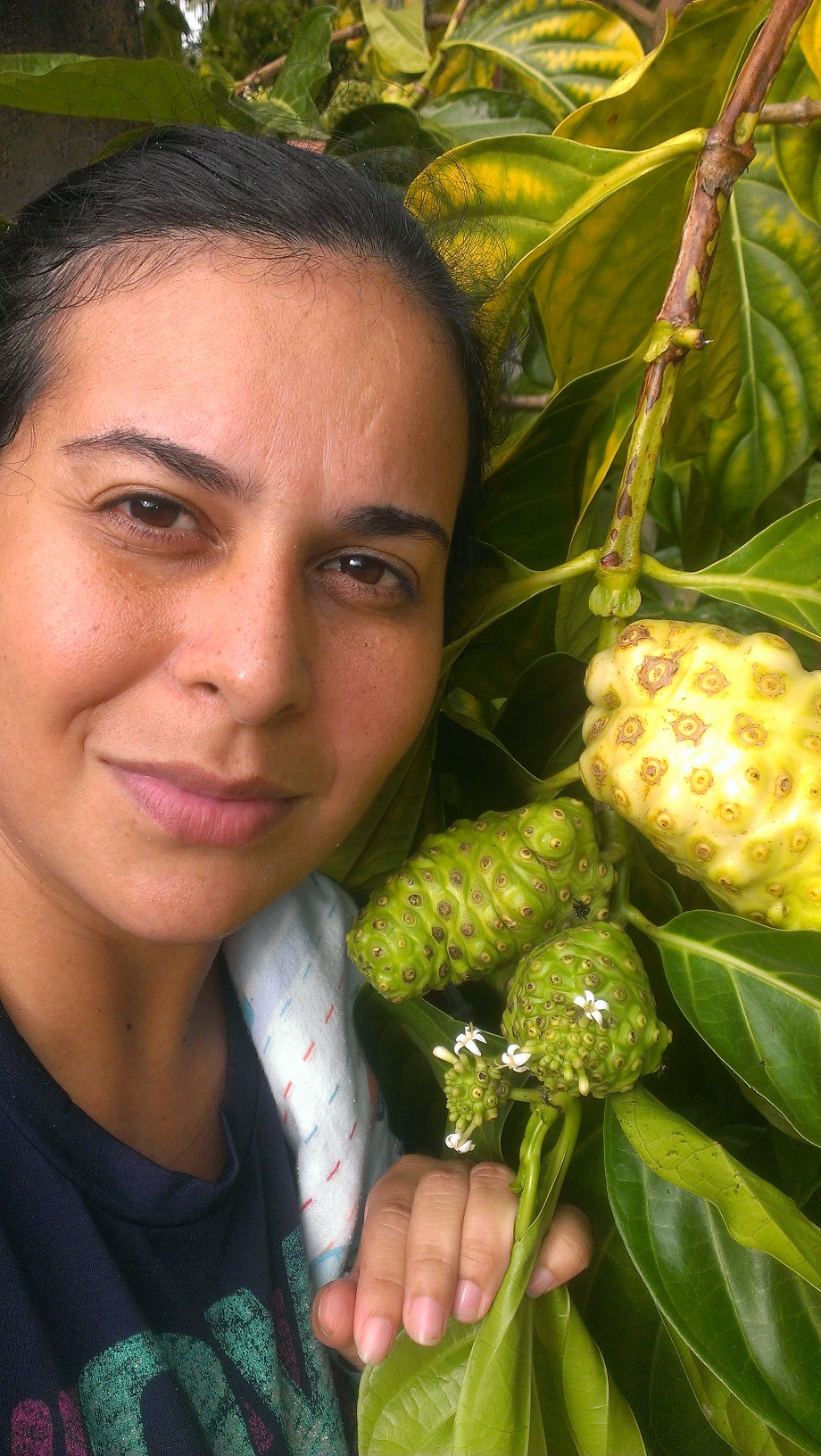
What are noni and its fruit?
Noni is an arboreal plant that can measure between 5 to 10 meters in height, its fruit is quite particular since it can be seen in the eye species, this plant receives various names such as paradise fruit, cimarron soursop, blackberry India among others. Although its scientific name is morinda citrifolia, it is native to Southwest Asia, Australia, and part of Central and South America. It belongs to the family of rubiaceous plants like those of coffee.
Que es el noni y su fruta?
El noni es una planta arbórea que puede llegar medir entre 5 a 10 metros de altura, su fruto es bastante particular ya que se puede apreciar en el especie de ojos, esta planta recibe diversos nombres como: fruta del paraíso, guanábana cimarrona, mora de la India entre otros. Aunque su nombre científico es morinda citrifolia, es originaria del suroeste de Asia, Australia y parte de américa central y Suramérica. Pertenece a la familia de las plantas rubiáceas como las de café.
The noni fruit is apple green when it begins to form and inside it is white with black seeds similar to soursop, when it ripens it changes its color to pale yellow and its smell is quite strong.
La fruta del noni es de un color verde manzana cuando se comienza a formar y por dentro es blanca con semillas negras similar a la guanábana, al madurar cambia su color a un amarillo pálido y su olor es bastante fuerte.
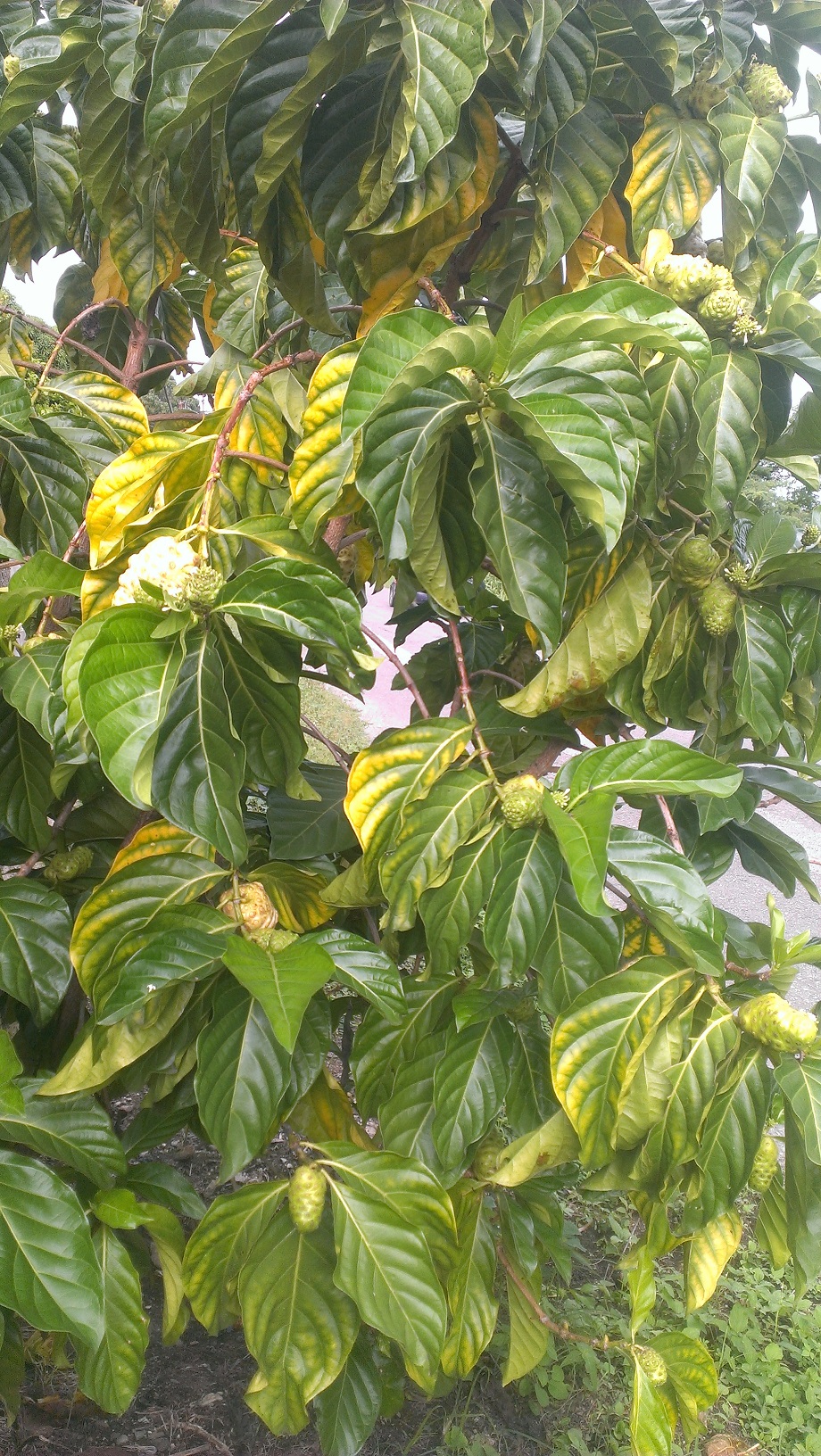
Noni medicinal properties
Noni is attributed various antioxidant, antiviral, anti-inflammatory, antiparasitic, antimicrobial, antibiotic, and mainly anticancer properties. One of the main components of noni is proxeronine, which upon reaching our body becomes xeronine, which is a necessary component to regulate the metabolism of the human body. It has a high fiber content which allows regulating the intestinal flora and the Ph levels of the skin. Its consumption helps reduce cholesterol and triglyceride levels and helps control diabetes.
Propiedades medicinales del noni
Al noni se le atribuye diversas propiedades antioxidantes, antivirales, antiinflamatorias, antiparasitarias, antimicrobianas, antibióticas y principalmente anticancerígenas. Una de los principales componentes del noni es la proxeronina que al llegar a nuestro organismo se convierte en xeronina, que es un componente necesario para regular el metabolismo del cuerpo humano. Posee un alto contenido de fibra lo que permite regular la flora intestinal y los niveles de Ph de la piel. Su consumo ayuda reducir los niveles de colesterol, triglicéridos y ayuda a controlar la diabetes.
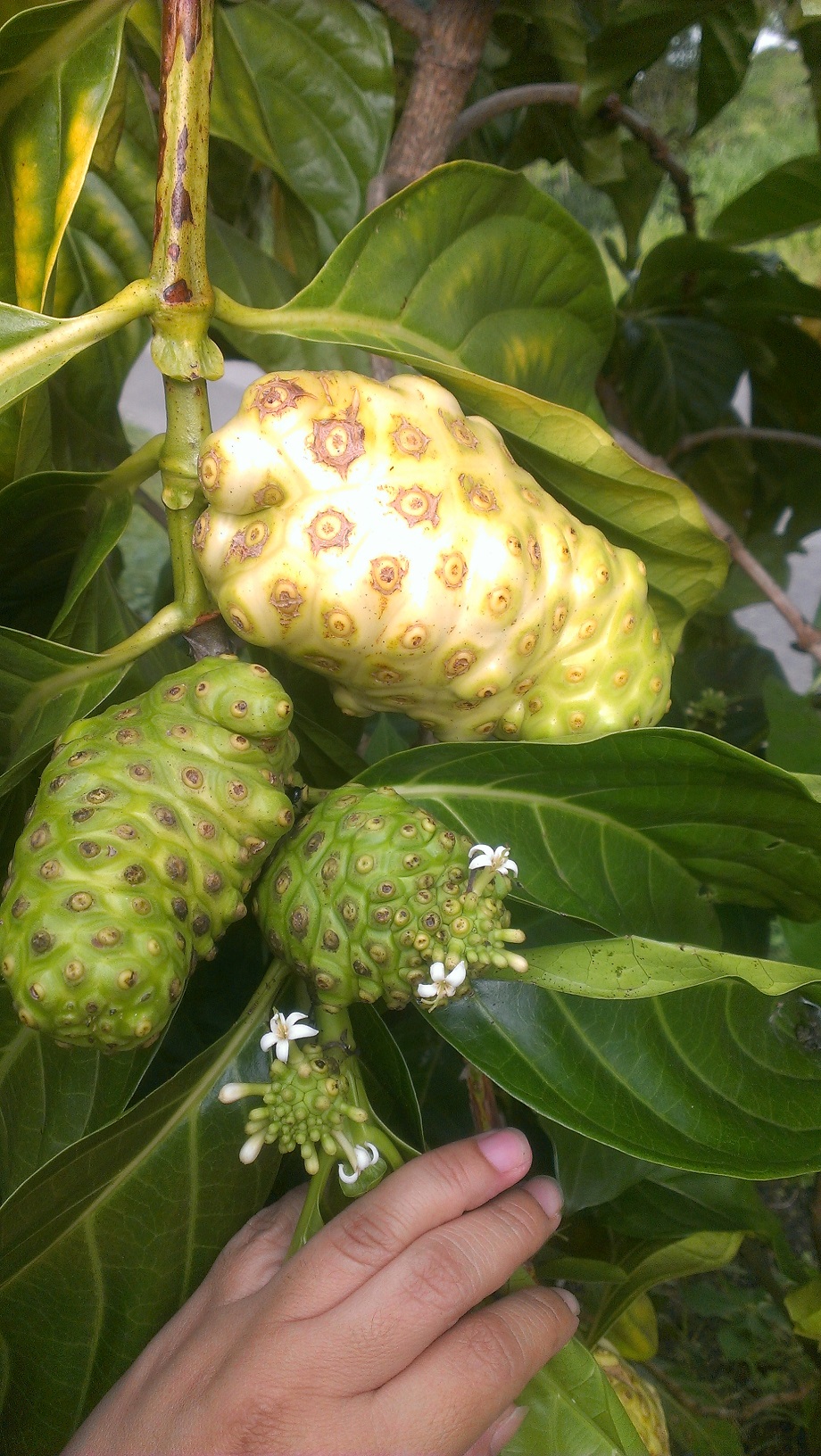
Health benefits
This plant has enormous health benefits, its fruit is known to be anticancer and is used to prevent arteriosclerosis, regulate blood pressure, gastritis, prevent premature aging of the skin, help counteract diabetes, fight fever and infections, counteract intestinal parasites, heal ulcers, and as a treatment for salmonella and tuberculosis.
Beneficios para la salud
Esta planta posee enormes beneficios para la salud, su fruto es conocido por ser anticancerígeno y es utilizado para prevenir la arteriosclerosis, regular la tensión arterial, la gastritis, evitar el envejecimiento prematuro de la piel, ayudar a contrarrestar la diabetes, combatir fiebre e infecciones, contrarrestar parásitos intestinales, sanar ulceras y como tratamiento ante la salmonela y la tuberculosis.
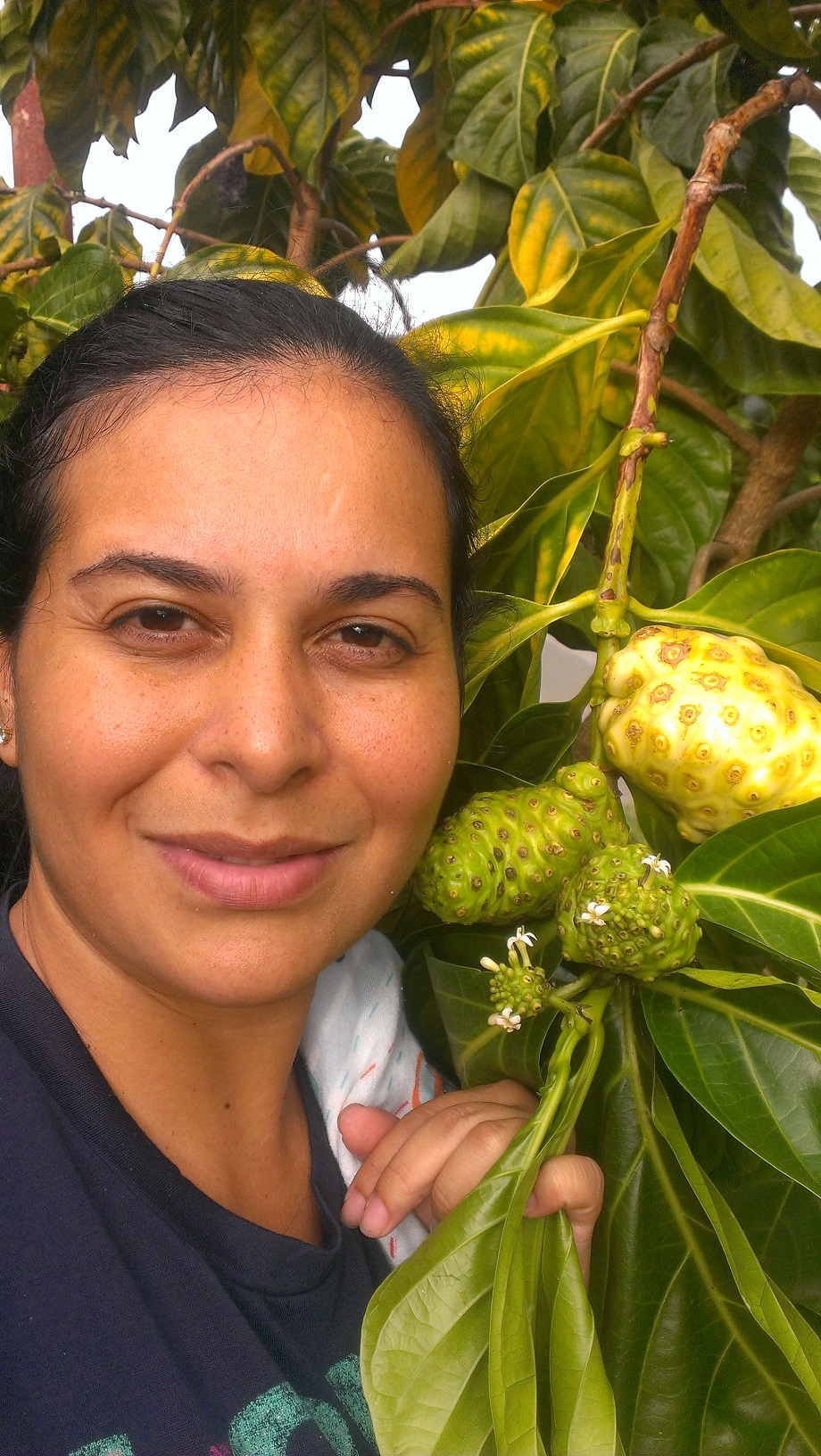
Various forms of consumption
Noni is rich in vitamins and minerals and can be consumed raw (although the fruit turns out to be somewhat insipid and unpleasant to the taste), cooked in infusions, the seeds of the fruit can be roasted and ground to create an ideal supplement in juices. or in water, the fruit can be blended into juice, its leaves are consumed in salads and the oil extracted from the seed can be used as an insecticide.
Diversas formas de consumo
El noni es rico en vitaminas y minerales y puede ser consumido en crudo (aunque la fruta resulta ser un tanto insípida y desagradable al gusto), cocido en infusiones, las semillas de la fruta pueden ser tostadas y molida para crear un suplemento ideal en jugos o en agua, la fruta puede ser licuada en forma de zumo, sus hojas son consumida en ensaladas y el aceite que se extrae da la semilla puede ser utilizado como insecticida.
Its consumption is contraindicated in case of pregnancy, kidney, and heart diseases.
Su consumo es contraindicado en caso de embarazo, enfermedades renales y cardiacas.
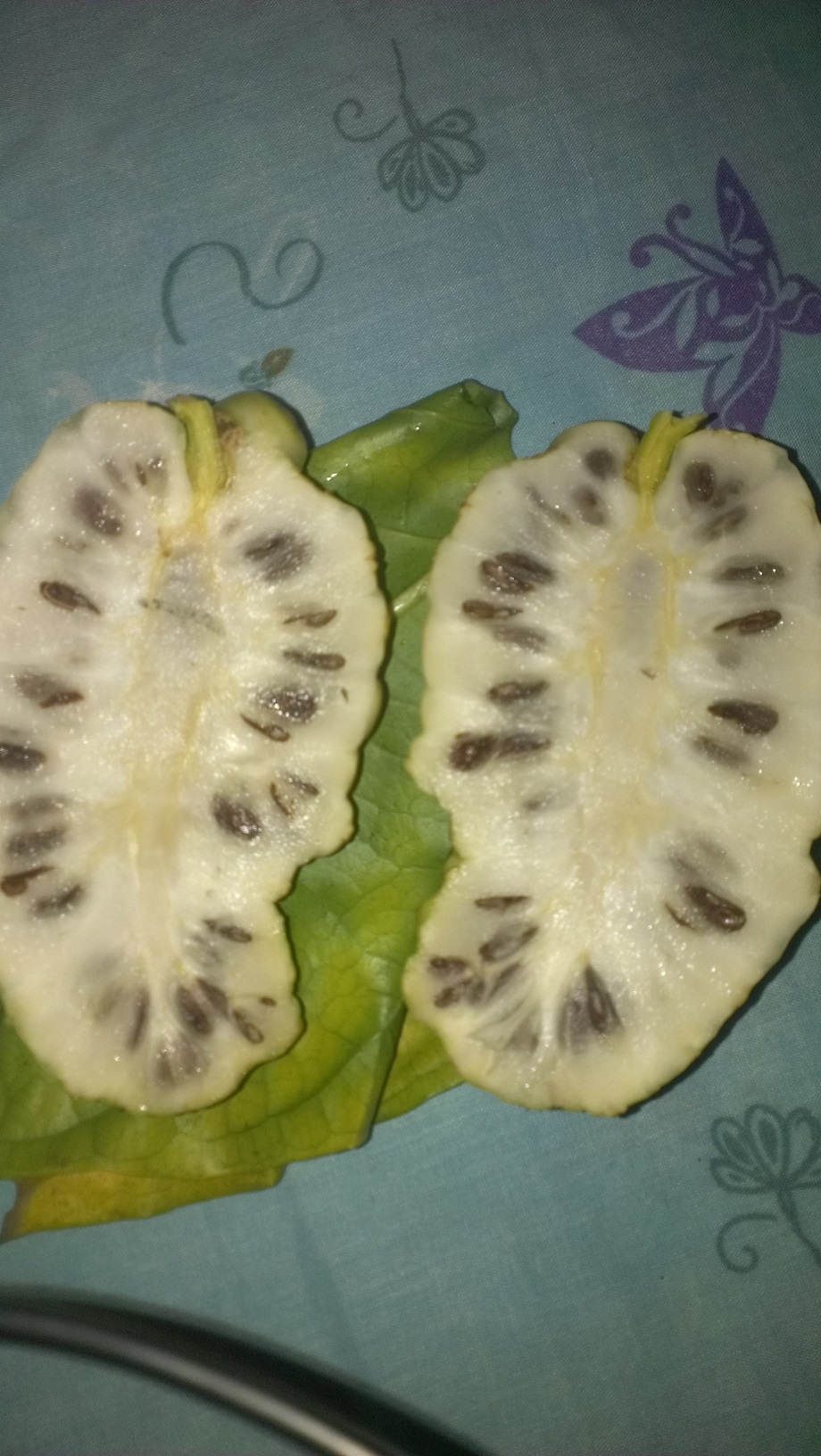
Thanks for reading @aksurevm89.
Gracias por leer @aksurevm89.
All photos are my property @asurevm89 / Todas las fotos son de mi propiedad @asurevm89
Translated by: google translator / Traducido por: google traductor
Your content has been voted as a part of Encouragement program. Keep up the good work!
Use Ecency daily to boost your growth on platform!
Support Ecency
Vote for Proposal
Delegate HP and earn more
Great article!. I very rarely hear anyone talk about the Noni plant (or cheesefruit tree..) so thanks so much for sharing. I'm going to now go out and look for it down here!
The fruit is also native to the Polynesian Islands and this was how my ex- BF from the Cook Islands used to have it and we used to pick it from the side of the road in far North Queensland in Australia and called it the cheesefruit tree (cause it stinks like rotten cheese...) but yes, such a naturally nutritious plant.
We used to put the whole fruit to let them sit in sealed glass jars in the sun where the juice would leech out and then drain the juice into a bottle and put it in the fridge and every morning drink a capful (about 5mm) of straight juice ad although it tasted terrible, I could feel the good in did in my body and brain.
Something so awful in taste but I miss so much... You can buy commercial versions of it somewhere, but they're commercial, over processed versions, so nowhere near as good as the real stuff!